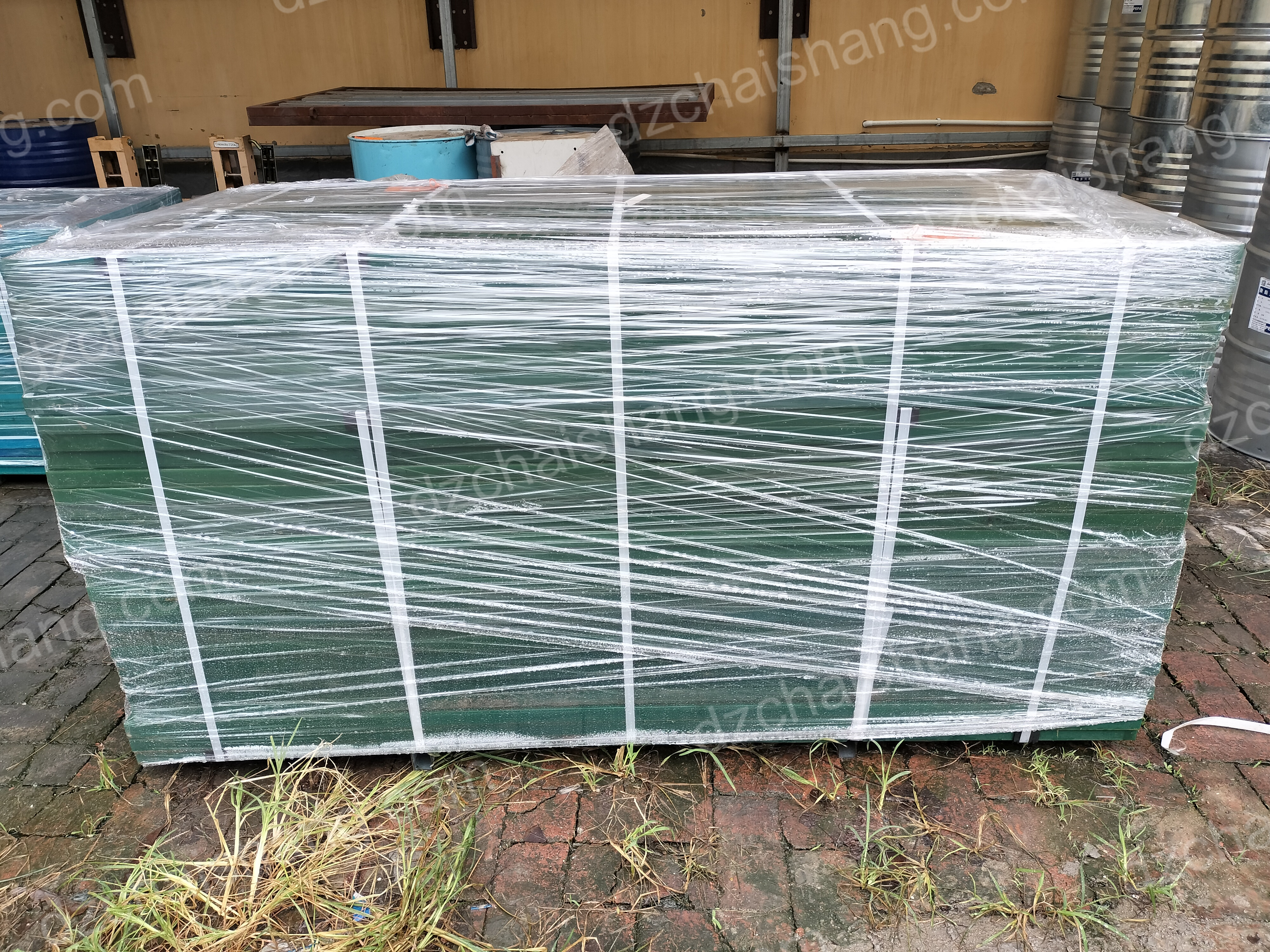- 04
- Mar
Causes of polyurethane screen deformation
Introduction
Polyurethane screens are commonly used in various industries for screening and separating materials. However, one common issue that users may encounter is screen deformation. There are several factors that can contribute to the deformation of polyurethane screens, including improper installation, excessive tension, material buildup, and wear and tear. Understanding these causes can help prevent screen deformation and prolong the lifespan of the screens.
Understanding the Causes of Polyurethane Screen Deformation

Polyurethane screens are widely used in various industries for screening and separating materials. They are known for their durability, flexibility, and resistance to abrasion. However, one common issue that users may encounter with polyurethane screens is deformation. Deformation can affect the performance of the screen and lead to inefficiencies in the screening process. In this article, we will explore the causes of polyurethane screen deformation and how to prevent it.
One of the main causes of polyurethane screen deformation is overloading. When the screen is subjected to excessive material or heavy loads, it can become stretched and distorted. This can result in uneven wear and tear on the screen, leading to premature failure. To prevent overloading, it is important to ensure that the screen is properly sized and designed for the specific application. Regular maintenance and inspection of the screen can also help identify any signs of overloading before it causes deformation.
Another common cause of polyurethane screen deformation is improper installation. If the screen is not properly tensioned or secured in place, it can become loose and sag, leading to deformation. It is important to follow the manufacturer’s guidelines for installation and tensioning to ensure that the screen is properly aligned and supported. Regularly checking the tension of the screen and making any necessary adjustments can help prevent deformation caused by improper installation.
In addition to overloading and improper installation, environmental factors can also contribute to polyurethane screen deformation. Exposure to extreme temperatures, moisture, and chemicals can weaken the material and cause it to deform over time. It is important to consider the operating conditions of the screen and choose a polyurethane material that is suitable for the specific environment. Regular cleaning and maintenance of the screen can also help prevent deformation caused by environmental factors.
Furthermore, wear and tear from abrasive materials can also lead to polyurethane screen deformation. If the screen is used to screen materials that are highly abrasive or corrosive, it can become worn down and deformed over time. Choosing a polyurethane material that is resistant to abrasion and corrosion can help prolong the life of the screen and prevent deformation. Regularly inspecting the screen for signs of wear and tear and replacing it when necessary can also help prevent deformation caused by abrasive materials.

In conclusion, polyurethane screen deformation can be caused by a variety of factors, including overloading, improper installation, environmental factors, and abrasive materials. By understanding the causes of deformation and taking preventative measures, such as proper sizing, installation, maintenance, and material selection, users can prolong the life of their polyurethane screens and ensure optimal performance. Regular inspection and monitoring of the screen can help identify any signs of deformation early on and prevent further damage. By addressing these issues proactively, users can minimize downtime and maximize the efficiency of their screening operations.
